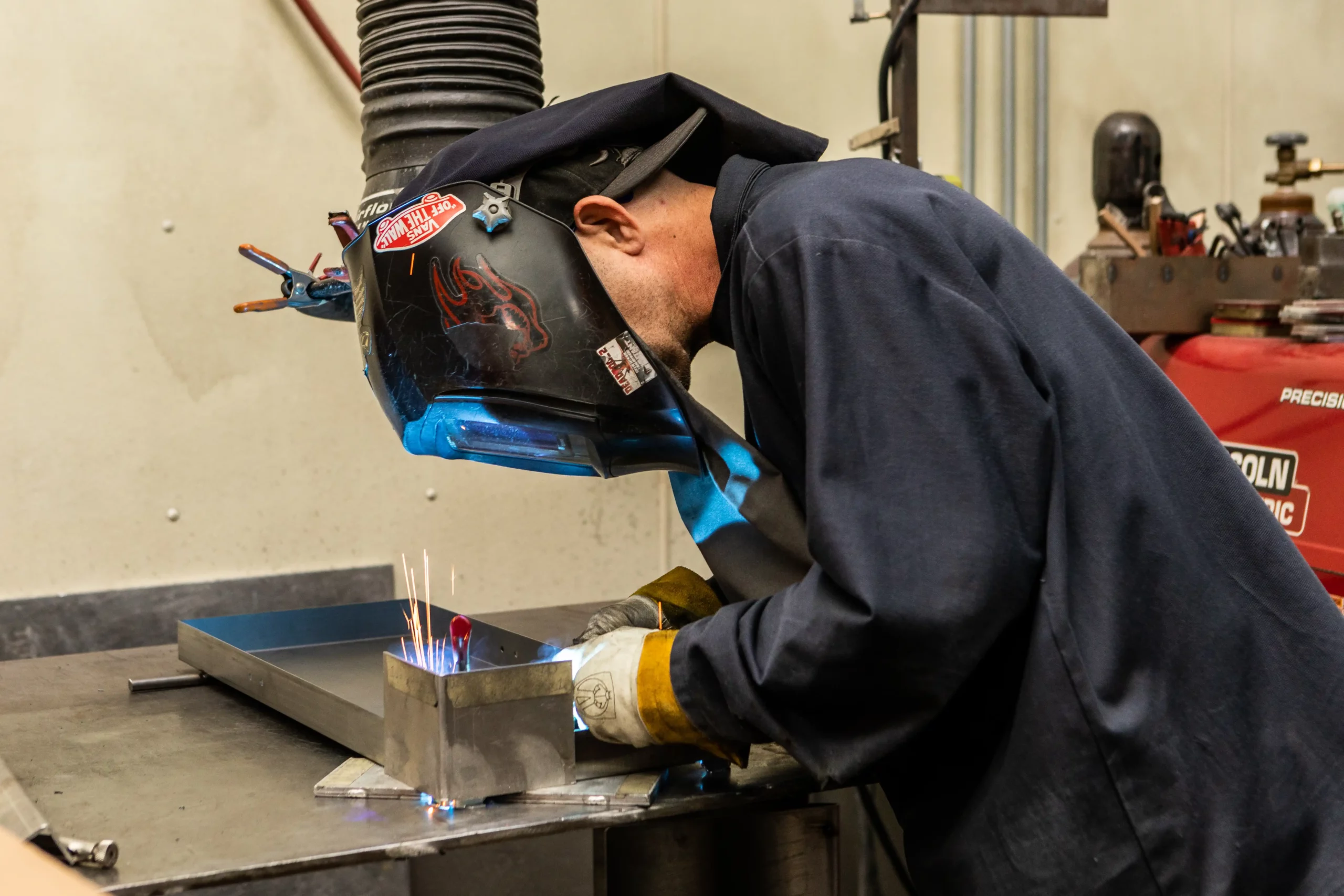Grasping Welding WPS Specifications: Finest Practices and Techniques for High Quality Welds
In the realm of welding, understanding Welding Treatment Specification (WPS) criteria is an important element that straight influences the top quality and integrity of welds. As we navigate with the complexities of welding WPS criteria, discovering essential understandings and techniques for achieving top-tier welds will certainly be paramount for welders looking for to excel in their craft and create welds that stand the test of time.
Comprehending Welding WPS Requirements
Understanding WPS standards is vital for engineers, welders, and assessors associated with welding operations. By complying with WPS standards, welders can produce welds that satisfy the required mechanical properties and structural honesty. Inspectors count on WPS documents to confirm that welding procedures are being adhered to appropriately which the resulting welds are of premium quality. Designers utilize WPS criteria to create welding procedures that make certain the longevity and dependability of welded structures.


Important Devices for Top Quality Welds
Understanding welding WPS criteria is necessary for welders to efficiently make use of the vital tools required for producing top quality welds. Among the most essential tools for top quality welds is a welding equipment. The sort of welding device needed relies on the welding procedure being made use of, such as MIG, TIG, or stick welding. Welding safety helmets are likewise indispensable to safeguard the welder's eyes and face from triggers, warm, and UV radiation. Additionally, welding gloves constructed from heat-resistant and resilient products secure the hands from burns and injuries. Magnets and clamps aid hold the workpieces with each other firmly throughout the welding procedure, ensuring accurate and exact welds. Wire brushes and breaking hammers are crucial for cleaning up the weld joint before and after welding to get rid of any pollutants that can affect the top quality of the weld. Finally, a gauging tape and angle mill are valuable devices for ensuring correct placement and preparing the workpieces for welding.
Key Techniques for Welding Success
To achieve welding success, one must understand the essential strategies necessary for creating top notch welds. Preserving a secure welding and a stable hand setting throughout the procedure is essential to attaining accuracy and consistency in the welds. By understanding these crucial methods, welders can elevate the top quality of their work and achieve welding success.
Ensuring Conformity With WPS Specifications

Additionally, maintaining in-depth documents of welding specifications, tools calibration, and examination outcomes is vital for showing compliance with WPS standards. By faithfully sticking read more to WPS requirements, welders can guarantee that their work fulfills the necessary high quality levels and adds to the general success of the welding project.
Troubleshooting Common Welding Issues
When faced with usual welding problems, identifying the origin is essential for effective troubleshooting. One widespread issue is the presence of porosity in welds, often brought on by pollutants such as oil, rust, or dampness. To address this, making certain appropriate cleansing of the base metal before welding and using the right shielding gas can dramatically minimize porosity. Another concern frequently run into is lack of blend, where the weld stops working to effectively bond with the base material. This can originate from insufficient warmth input or improper welding strategy. Adjusting specifications Source such as voltage, wire feed speed, or take a trip speed can help improve combination. Furthermore, distortion, breaking, and spatter are usual welding obstacles that can be mitigated via proper joint preparation, constant warm control, and selecting the proper welding consumables. By thoroughly recognizing these usual welding concerns and their source, welders can effectively troubleshoot issues and accomplish top quality welds.
Conclusion
In final thought, grasping welding WPS requirements needs a detailed understanding of the standards, making use of crucial tools, and applying vital strategies for effective welds. Making certain conformity with WPS criteria is vital for generating high quality welds and preventing typical welding problems. By following best strategies and techniques, welders can attain constant and trustworthy cause their welding projects.
In the world of welding, understanding Welding Treatment Spec (WPS) standards is a crucial component that straight affects the quality and integrity of welds.When diving into the realm of welding techniques, a critical element to comprehend is the importance and intricacies of Welding Treatment Requirements (WPS) criteria. WPS requirements provide an in-depth guideline for welding operations, making certain uniformity, quality, and safety and security in the welding procedure. The type of welding maker needed depends on the welding process being utilized, such as MIG, TIG, or stick welding.Achieving welding success via the mastery of vital methods necessitates a detailed understanding and adherence to Welding Treatment Specification (WPS) criteria.